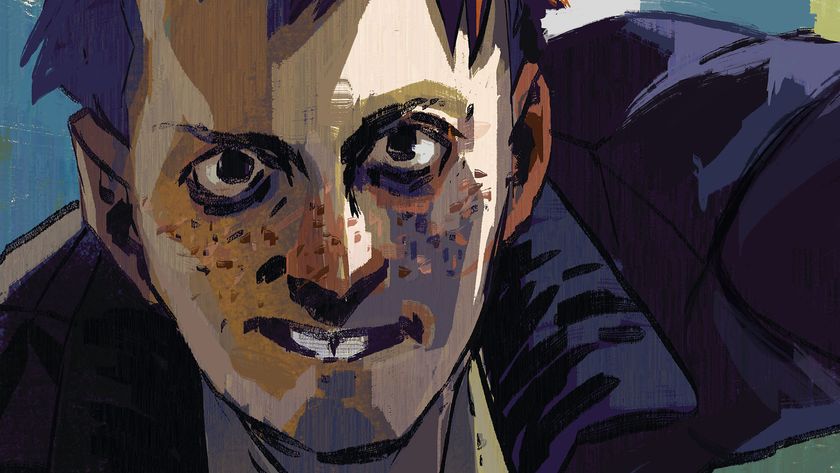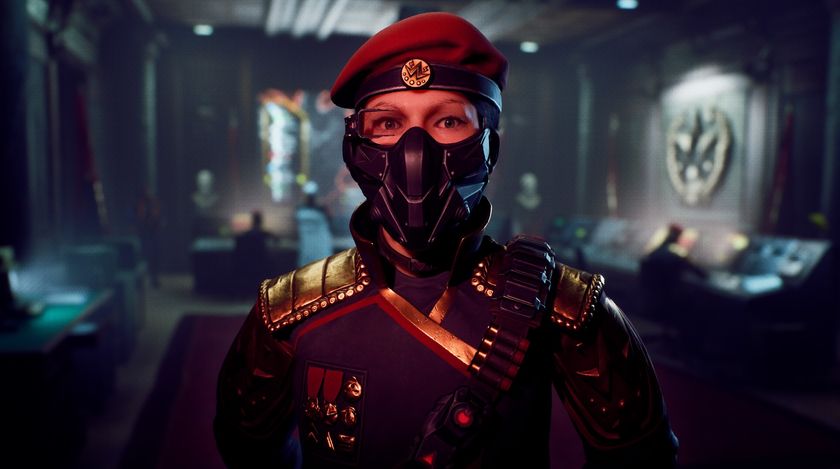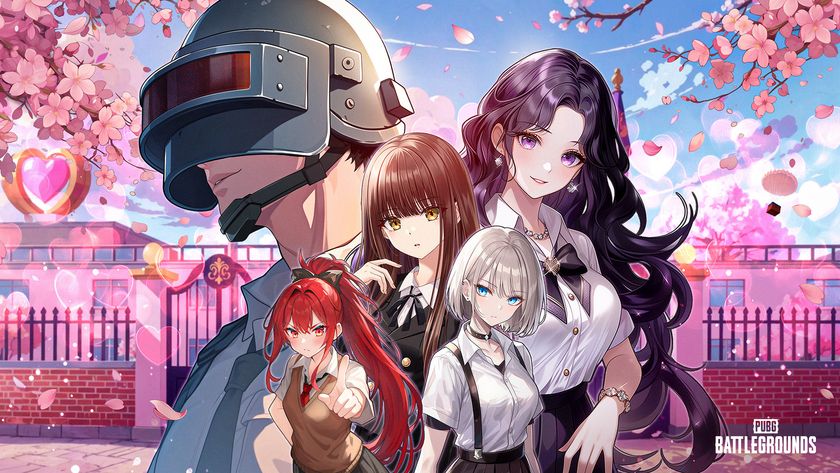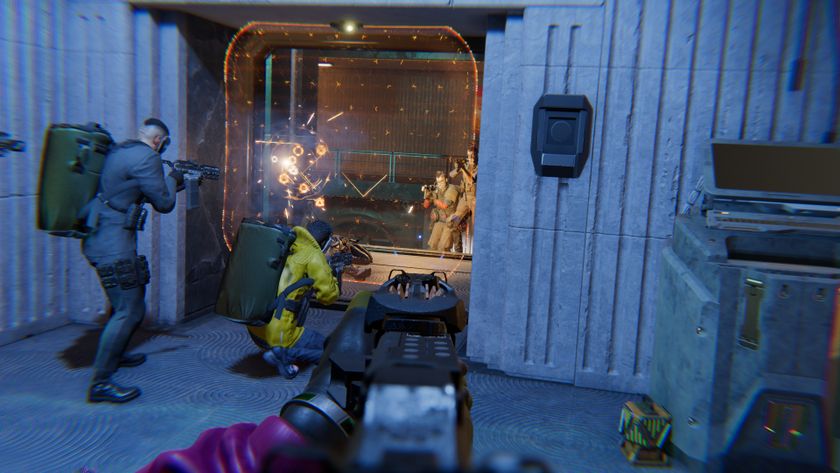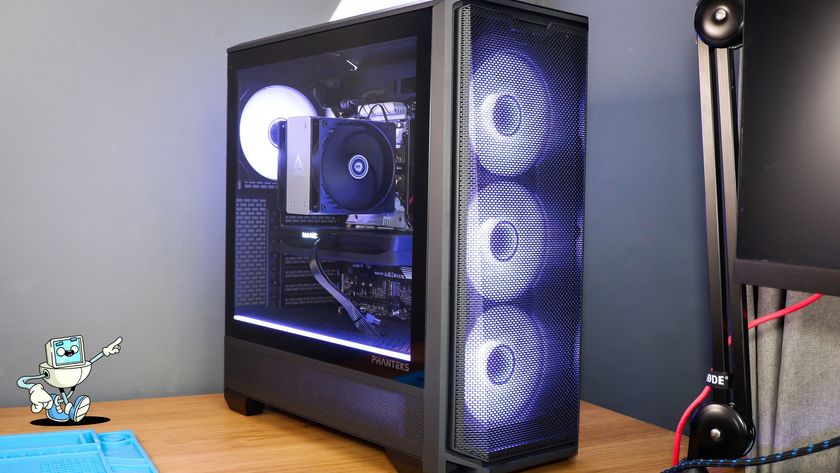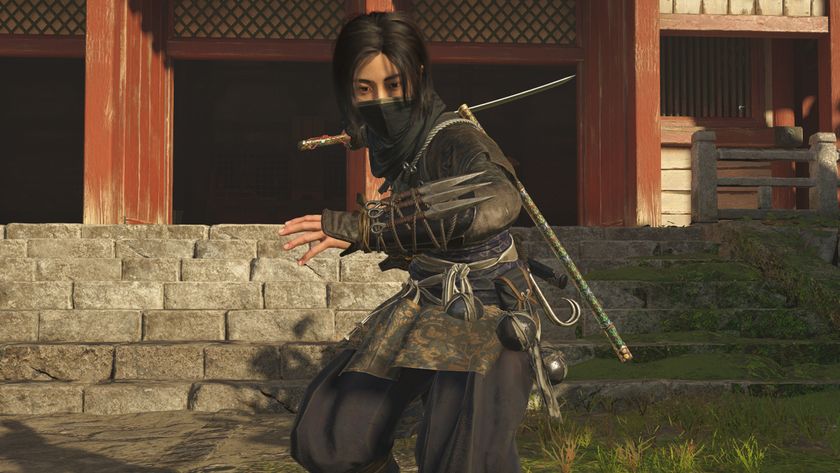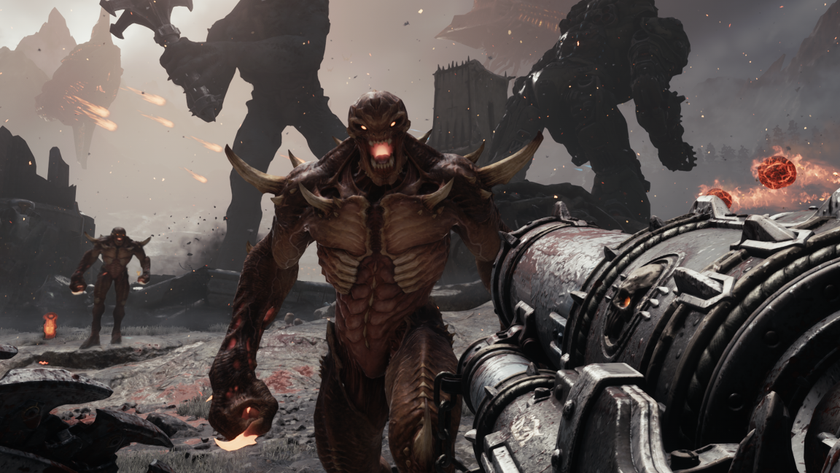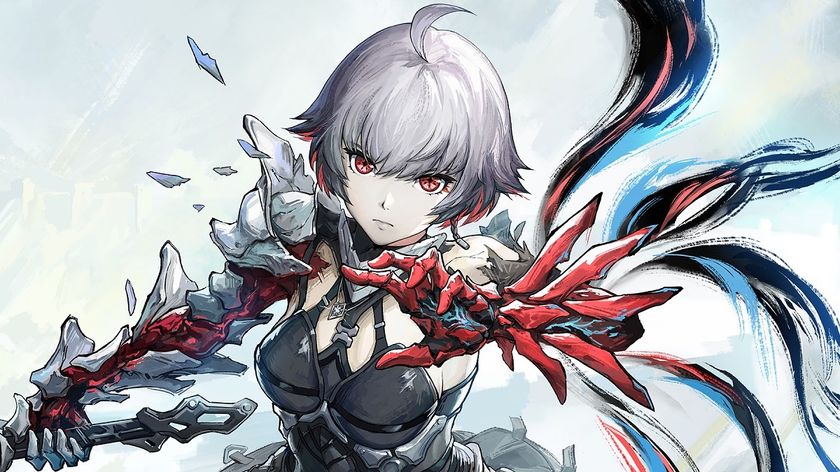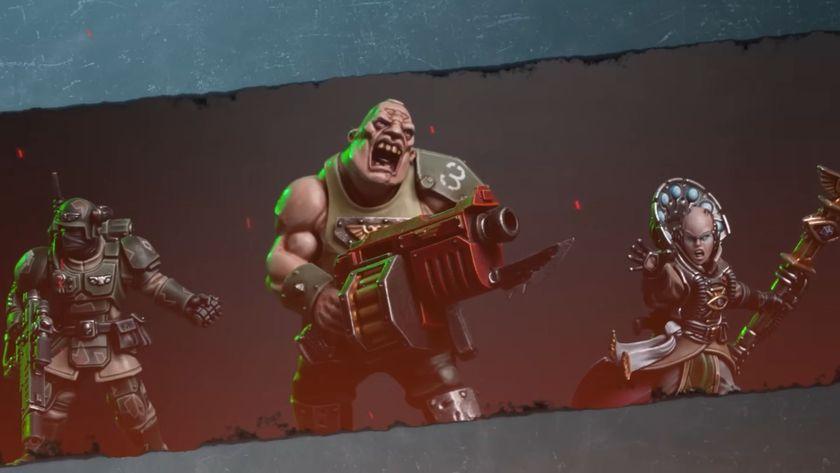The most important off-season shuffles in League of Legends history
Great moments in professional musical chairs.
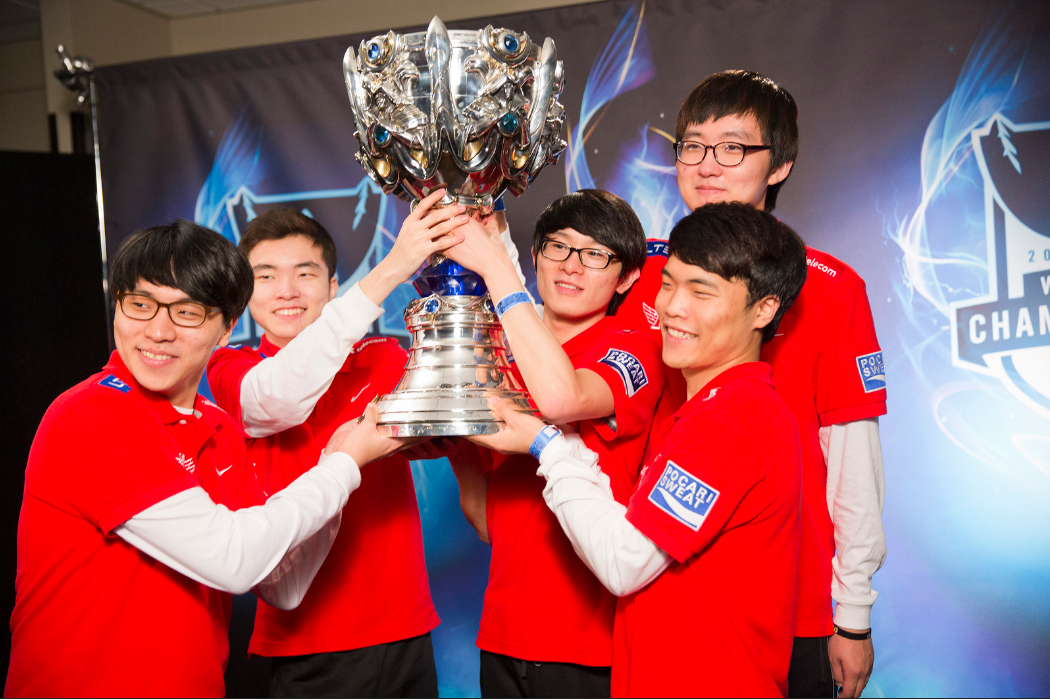
Incensed Reddit threads, frenzied rumours and reports, and a healthy dose of speculation… it’s that special time of year. Now that Worlds has wrapped up and spring is still weeks away, we’ve entered the off-season. It’s the time of year where teams begin to make changes to their roster, cut old talent, sign new players, switch around analysts, coaches, and staff, and try to change the things that held them back (or keep the benefits that allowed them to progress.)
The off-season has always been chaotic and full of weird surprises, but it’s become increasingly streamlined and corporate as the years have gone by. There have been some definitive shifts to the spirit of the off-season as League becomes less of a game and more of an organized sport, some for the better and others for the worse. These are the most important historical moments from the off-season, and how they reflected the League of Legends of their time.
LoL's latest update mixes things up for the gankers of the rift. Here's the lowdown.
Chaox is kicked from TSM
Way back in 2013, TSM was still a dominant force in the NA LCS but they didn’t have the same professional and polished brand that they do today. This was before the days of Bjergsen in the mid lane and Weldon as a coach, and back when Dyrus, TheOddOne, and Reginald were actively playing competitively. While the team is carefully branded and the players keep their noses to the grindstone, the TSM of 2013 was more about their Baylife attitudes. Chaox, the team’s ADC at the time, fit in well with that atmosphere... up until he began to slip on practice and focus on partying over practice.
Reginald cut him from the team, replacing him with WildTurtle, and it was a tremendously difficult decision for the young team owner. In many ways, cutting an old friend from the roster marked the beginning of TSM’s transition into a brand behemoth. Reginald remains one of the sharpest business minds in the game, and in many ways choosing to keep a friend or cut a liability was the crossroads he had to face before becoming who he is today.
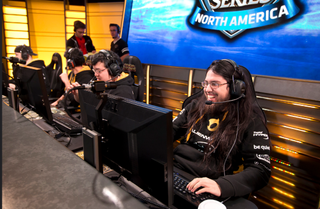
Imaqtpie retires
In October 2014, Imaqtpie released a retirement vlog. Imaqtpie is now mostly known as the beloved streamer who reigns over the BDC, but he used to be a competitive ADC on Team Dignitas. He released a video going over his history as a pro and his reason for retirement. He explained that while being a League pro had once been a fun experience where he travelled with friends and played a game for a living—a high school kid’s dream. As the game became more competitive and cutthroat, he said, he felt like he didn’t have the ability to cut underperforming players and mesh with the intense, professional environment.
While he was quick to say that this was the way the scene needed to be to thrive and be what it is today, he also clarified that it just wasn’t fun with friends anymore. It was a business. Roster changes of the time mirrored this; instead of people moving to be with friends or falling out, teams were making roster changes based on professional reasons and to grow competitively.
Import madness
Perhaps it makes sense that imports would have been the next step in this new, professional League. While North America had been struggling with this evolution, other regions had moved on and were fielding (outwardly, at least) more cohesive, professional, and detached teams. Korea’s competitive League also put a ban on sister teams, which meant that many pros were looking for a home. While the Korean Exodus mostly saw Korean pros heading to China, a few found themselves in North America and Europe as well. For a while, if a team had an open spot, it seemed natural that they would fill it with a Korean import.
The biggest gaming news, reviews and hardware deals
Keep up to date with the most important stories and the best deals, as picked by the PC Gamer team.
Now, in 2016, this is seen as somewhat of a failed experiment. Imports struggled with language and cultural barriers, their individual mechanics didn’t triumph over team troubles, and it took a good deal of work to overcome these issues. While teams today have a more realistic look at the pros and cons of importing players (especially now that it takes four years to become a native resident), for a while importing was taken very seriously.
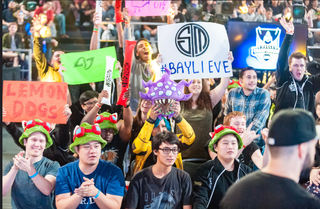
The Doublelift bomb
Doublelift leaving CLG to join TSM is the biggest roster change in League history. The two teams had been rivals for years, and Doublelift was the face of CLG. He had been homeless at one point, struggling to make the dream of being a pro work against all odds, and CLG had been his salvation. He had saved them from relegation, been with them for years... and then he joined the enemy. It says a lot about TSM’s branding and marketing that TSM managed to come out of this roster change looking more hyped than ever, as opposed to appearing like villains. TSM’s pickup of Doublelift showed just how far the sport had come since Chaox left TSM. These weren’t squads of friends picking up players anymore; this was a superstar transfer that blew up and demanded headlines and press attention.
There have been other huge roster changes, of course, Svenskeren from H2K to TSM, Impact to Cloud9, Piglet to Team Liquid, Yellowstar from Fnatic to TSM back to Fnatic, the formation of Elements, and later the birth of Origen are all examples of roster changes and evolutions that are worth noting in the greater history of League. These particular examples just happen to show the way League has evolved and grown over the years. Competitive League may have started as a game that friends played together and somehow fulfilled the crazy dream of managing to do it for a living, but it grew into a legitimate competition with the importance and seriousness that entails. As League of Legends continues to grow and become mainstream, roster announcements will become more of a procession. As new announcements and changes come out, remember to reflect on the ones from history that have made the scene what it is.
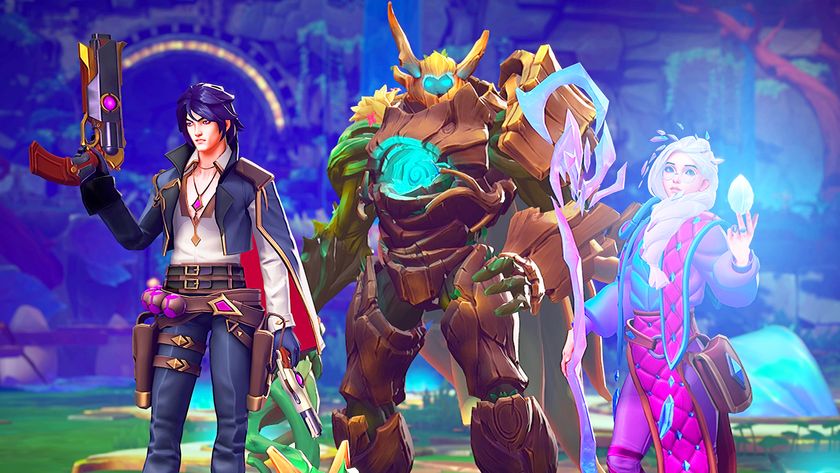
Seekers of Skyveil, the MOBA—extraction shooter mashup, is shutting down less than a month after release: ‘We have no choice but to bring this short journey to an end’
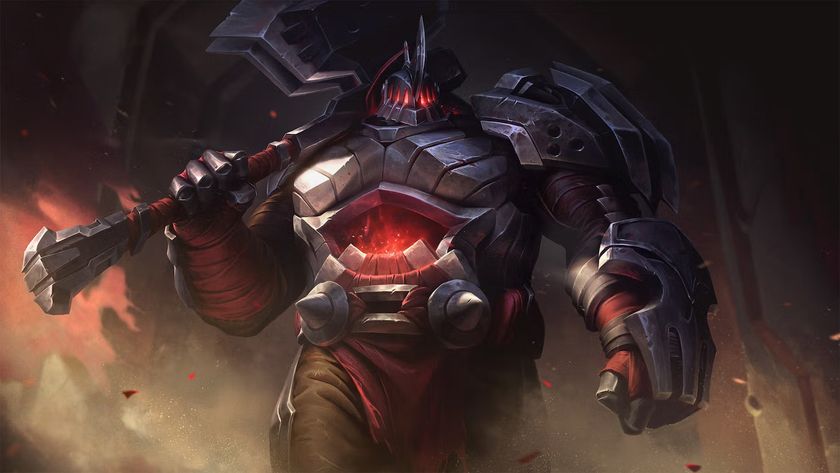
Riot walks back unpopular League of Legends changes: Hextech Chests are coming back, and the Blue Essence cost for new champions will be cut in half
